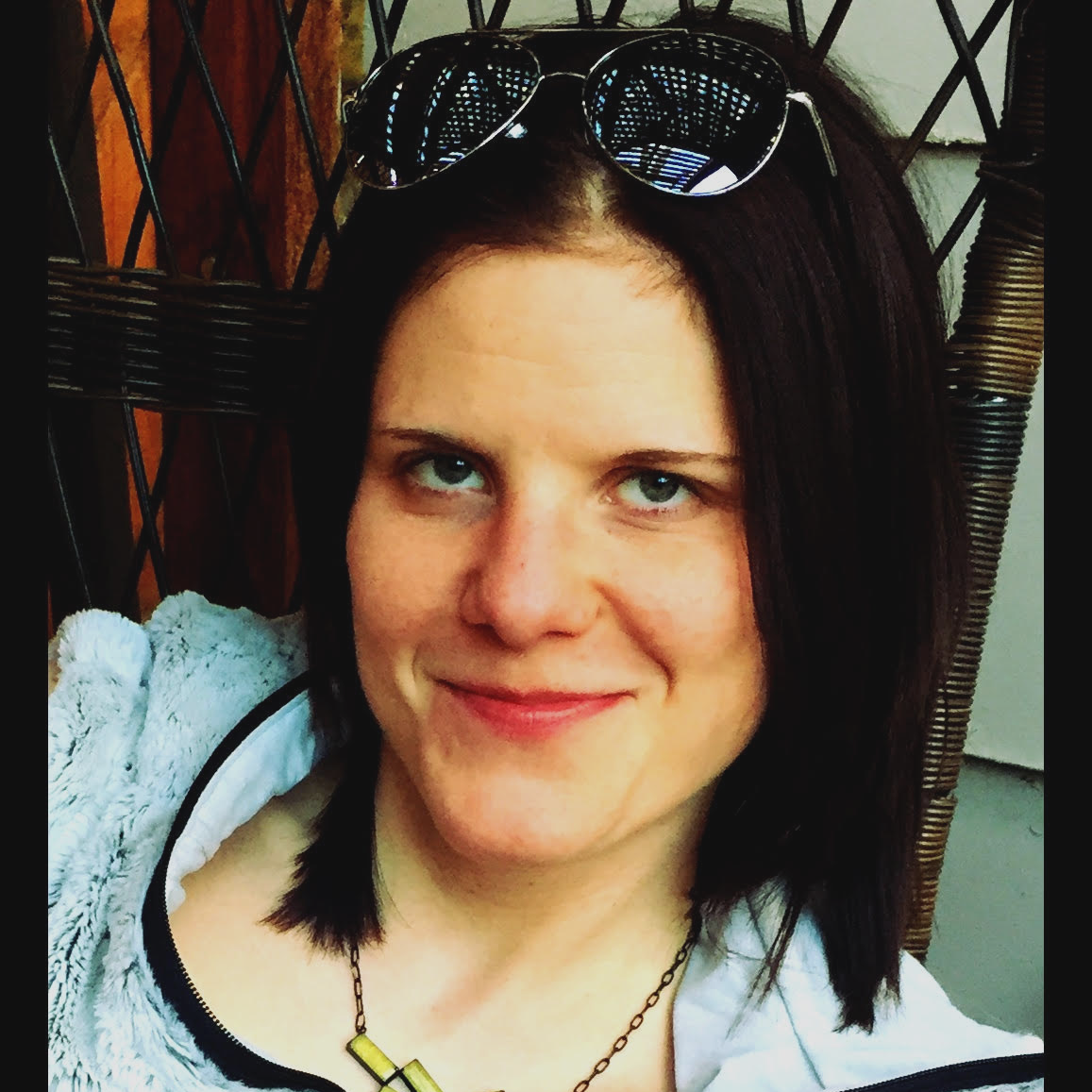About Us
Our goal is to understand the processes that generate compartments of the secretory pathway, including transitional ER sites (also known as ER exit sites) and the cisternae of the Golgi apparatus. Self-organization models provide the conceptual framework. Specifically, we postulate that tER sites are generated together with early Golgi cisternae by an integrated self-organization pathway, and that early cisternae progressively mature into late cisternae.
For exploring these ideas, our main experimental system is a pair of budding yeasts. In Saccharomyces cerevisiae, Golgi cisternae are dispersed throughout the cytoplasm and the ER contains multiple small tER sites, whereas in Pichia pastoris, ordered Golgi stacks are located next to large, stable tER sites. These two yeasts have complementary advantages for testing specific hypotheses about the secretory pathway. We use a combination of genetics, molecular biology, 4D confocal microscopy, and electron tomography. This work is revealing evolutionarily conserved principles of cellular organization.
A second project in the lab involves optimizing fluorescent proteins, including the red fluorescent protein DsRed. Wild-type DsRed matures very slowly. We overcame this problem by using directed evolution to create the first rapidly maturing DsRed variants, one of which is marketed commercially as DsRed-Express. More recent work yielded a noncytotoxic variant called DsRed-Express2, as well as a far-red variant called E2-Crimson. These engineering efforts inspired a basic research project in which we clarified the pathway of DsRed chromophore formation. Current efforts are focused on creating improved monomeric green and red fluorescent proteins.
People

Benjamin Glick
I am a cell biologist. During my training, I studied vesicular transport in mammalian cells and mitochondrial protein import in yeast. My independent research has focused on the organization and dynamics of the yeast secretory pathway, and on engineering fluorescent proteins.

Natalie Johnson
I am an organelle biologist. I researched endosomal sorting in graduate school, which led to an interest in communication between the endocytic and secretory pathways. My postdoctoral research focuses on how regulation of vesicular trafficking pathways coordinates Golgi function.

Jason Casler
I am a graduate student and cell biologist. As an undergraduate, I became interested in the mechanisms that govern self-organizing systems. My research focuses on understanding how the principles of self-organization apply to the generation of transitional ER sites and Golgi cisternae.

Fernando Valbuena
I am a research specialist with a background in cell biology, molecular biology, and biochemistry. My current work focuses on generating enhanced variants of fluorescent proteins via directed evolution, and optimizing techniques for capturing high-resolution images using correlative light and electron microscopy (CLEM).
Selected Publications
Day KJ, Casler JC, Glick BS. (2018). Budding yeast has a minimal endomembrane system. Dev Cell 44, 56–72. (Link)
Papanikou E, Day KJ, Austin J, Glick BS. (2015). COPI selectively drives maturation of the early Golgi. eLife 4, 13232. (PubMed)
Papanikou E, Glick BS. (2014). Golgi compartmentation and identity. Curr Opin Cell Biol. 29, 74-81. (PubMed)
Bharucha N, Liu Y, Papanikou E, McMahon C, Esaki M, Jeffrey PD, Hughson FM, Glick BS. (2013). Sec16 influences transitional ER sites by regulating rather than organizing COPII. Mol Biol Cell. 24, 3406-3419. (PubMed)
Day KJ, Staehelin LA, Glick BS. (2013). A three-stage model of Golgi structure and function. Histochem Cell Biol. 140, 239-249. (PubMed)
Montegna EA, Bhave M, Liu Y, Bhattacharyya D, Glick BS. (2012). Sec12 binds to Sec16 at transitional ER sites. PLoS One. 7(2). (PubMed)
Glick BS, Luini A. (2011). Models for Golgi traffic: a critical assessment. Cold Spring Harb Perspect Biol. 3(11). (PubMed)
Strack RL, Strongin DE, Mets L, Glick BS, Keenan RJ. (2010) Chromophore formation in DsRed occurs by a branched pathway. J Am Chem Soc 132, 8496-8505. (PubMed)
Strack RL, Hein B, Bhattacharyya D, Hell SW, Keenan RJ, Glick BS. (2009) A rapidly maturing far-red derivative of DsRed-Express2 for whole-cell labeling. Biochemistry 48, 8279-8281. (PubMed)
Glick BS, Nakano A. (2009) Membrane traffic within the Golgi apparatus. Annu Rev Cell Dev Biol 25, 113-132. (PubMed)
Strack RL, Strongin DE, Bhattacharyya D, Tao W, Berman A, Broxmeyer HE, Keenan RJ, Glick BS. (2008) A noncytotoxic DsRed variant for whole-cell labeling. Nat Methods 5, 955-957. (PubMed)
Bhattacharyya D, Glick BS. (2007) Two mammalian Sec16 homologues have nonredundant functions in endoplasmic reticulum (ER) export and transitional ER organization. Mol Biol Cell 18, 839-849. (PubMed)
Losev E, Reinke CA, Jellen J, Strongin DE, Bevis BJ, Glick BS. (2006) Golgi maturation visualized in living yeast. Nature 441, 1002-1006. (PubMed)
Connerly PL, Esaki M, Montegna EA, Strongin DE, Levi S, Soderholm J, Glick BS. (2005) Sec16 is a determinant of transitional ER organization. Curr Biol 15, 1439-1447. (PubMed)
Soderholm J, Bhattacharyya D, Strongin D, Markovitz V, Connerly PL, Reinke CA, Glick BS. (2004). The transitional ER localization mechanism of Pichia pastoris Sec12. Dev Cell 6, 649-659. (PubMed)
Bonifacino J, Glick BS. (2004). The mechanisms of vesicle budding and fusion. Cell 116, 153-166. (PubMed)
Bevis BJ, Hammond AT, Reinke CA, Glick BS. (2002). De novo formation of transitional ER sites and Golgi structures in Pichia pastoris. Nat Cell Biol 4, 750-756. (PubMed)
Bevis BJ, Glick BS. (2002). Rapidly maturing variants of the Discosoma red fluorescent protein (DsRed). Nat Biotechnol 20, 83-87. (PubMed)
Hammond AT, Glick BS. (2000). Dynamics of transitional endoplasmic reticulum sites in vertebrate cells. Mol Biol Cell 11, 3013-30. (PubMed)
Rossanese OW, Soderholm J, Bevis BJ, Sears IB, O'Connor J, Williamson EK, Glick BS. (1999). Golgi structure correlates with transitional endoplasmic reticulum organization in Pichia pastoris and Saccharomyces cerevisiae. J Cell Biol 145, 69-81. (PubMed)
Lab Photos
Contact
Office:
920 E. 58th St.
Chicago, IL 60637
CLSC 207A
Phone: (773) 702-5315
Fax: (773) 702-3172
Lab:
920 E. 58th St.
Chicago, IL 60637
CLSC 201
Phone: (773) 702-5316

